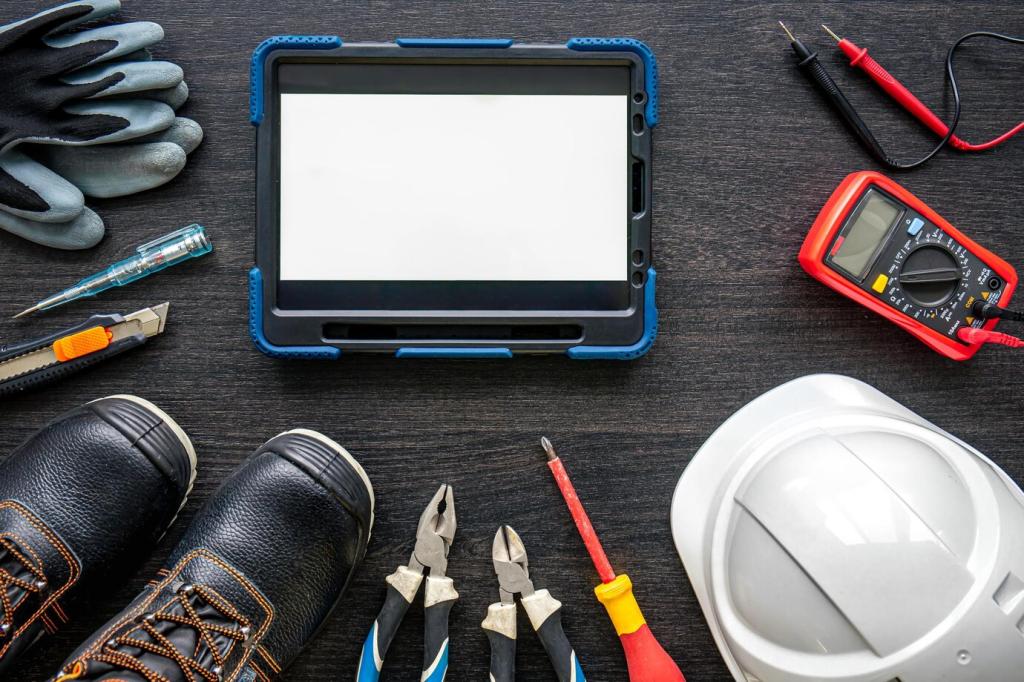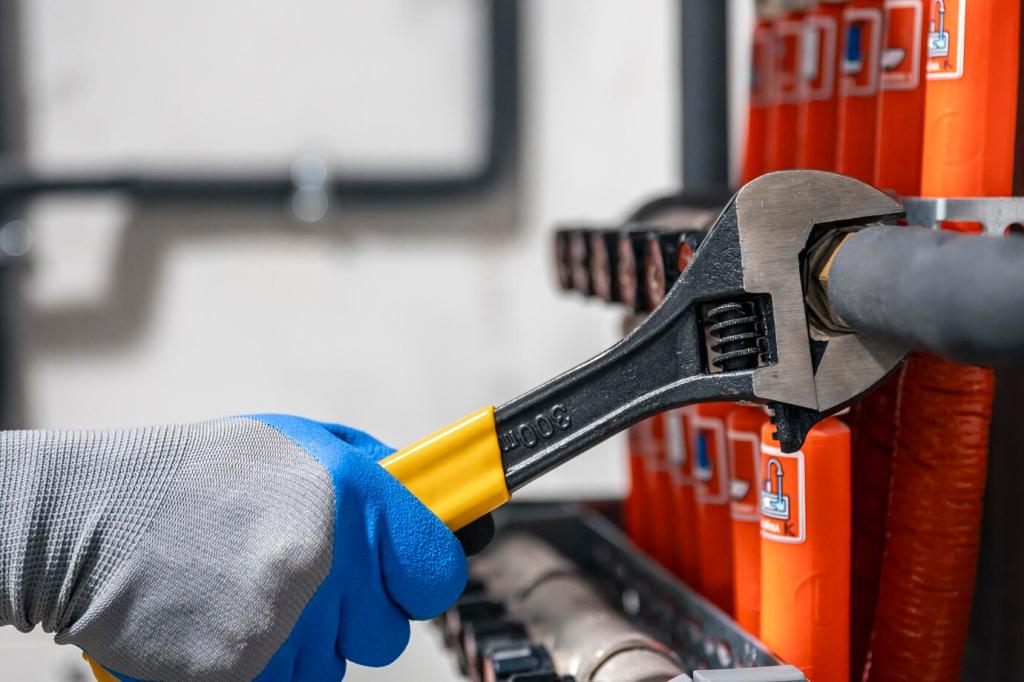Avoiding Common Mistakes
Skipping a memory saver can reset radios, seat positions, and alarm settings. Some cars need a radio code or throttle relearn after power loss. Read your owner’s manual first and keep those codes ready to avoid awkward silence.
Avoiding Common Mistakes
A wrench bridging battery positive to metal bodywork will spark dramatically. Remove rings and metal bracelets, and cover the positive terminal when working nearby. Patience and insulation beat adrenaline every time, especially in tight engine bays.






